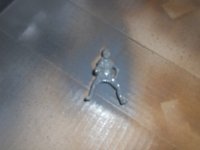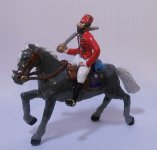johnnybach
Major General
- Joined
- Nov 24, 2010
- Messages
- 13,663
This is SO interesting and informative ( and messy)....
I love it - keep it going Cap'n - looking forward to the next bit! Lego eh! what a good idea - and baby powder too!
Ooooh luverly stuff ....... You're all giving me ideas..........johnnybach
I love it - keep it going Cap'n - looking forward to the next bit! Lego eh! what a good idea - and baby powder too!
Ooooh luverly stuff ....... You're all giving me ideas..........johnnybach






















